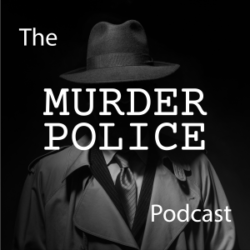
Unmasking the Serial Killer Robert Smallwood | Part 1 of 3 | April 12, 2022
Unmasking the Serial Killer Robert Smallwood | Part 2 of 3 | April 19, 2022
Unmasking the Serial Killer Robert Smallwood | Part 3 of 3 | April 26, 2022
Get you index cards, string, push pins and a marker ready; you’re going to have to put this one together with the murder cops and scientists on this case!
We hear the stories of serial killers all of the time, once they have been convicted and put away. But what is it like to be a homicide investigator watching several cases spanning as many years, unmask a monster?
Take a listen as our Forensic Scientist Marci Adkins from the Kentucky State Police Crime Lab returns to our show, joining former homicide investigator Lt. Matt Brotherton from the Lexington Police Department, and hear exactly how this goes down.
Come aboard the roller coaster of suspects found and suspects lost, as science works in the background: exonerating those not involved, and lasering in on the murderer. You will sense the pressure applied and learn how to use restraint in the most challenging situations.
In Part 1 of 3:
· We welcome back Marci Adkins and meet Lt. Matt Brotherton
· We talk about how homicide investigations differ from other investigations
· “The magic of CODIS” as described by Marcia Adkins
· Murder victim Sonora Allen is found dead in August 2002
· The start and finish of many disappointing DNA results
· Murder victim Doris Roberts from 1999 DNA links to Matt’s Allen case
· And, when cases go cold

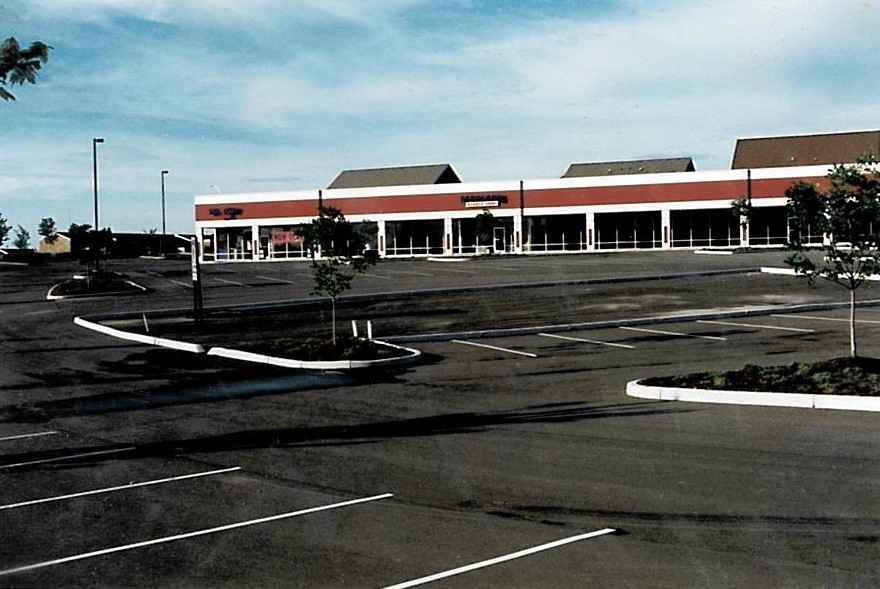
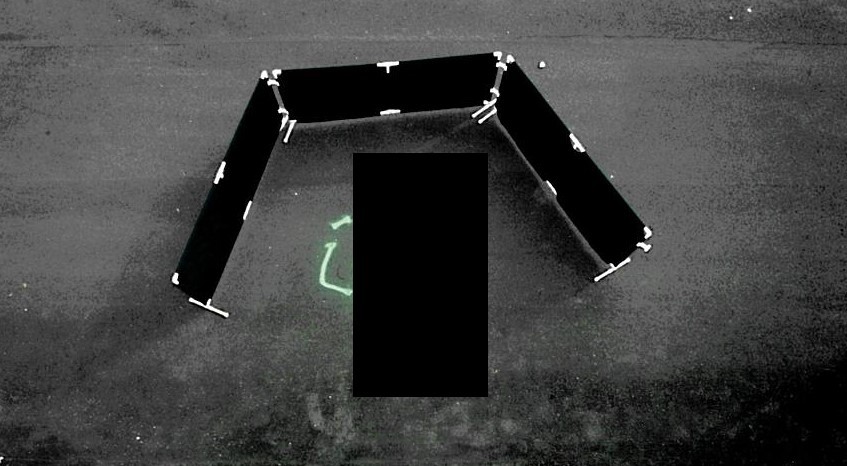
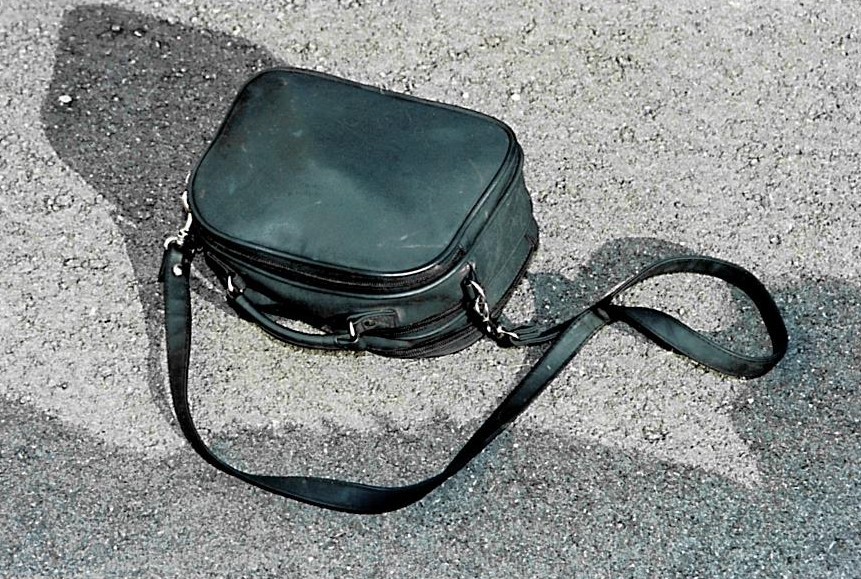
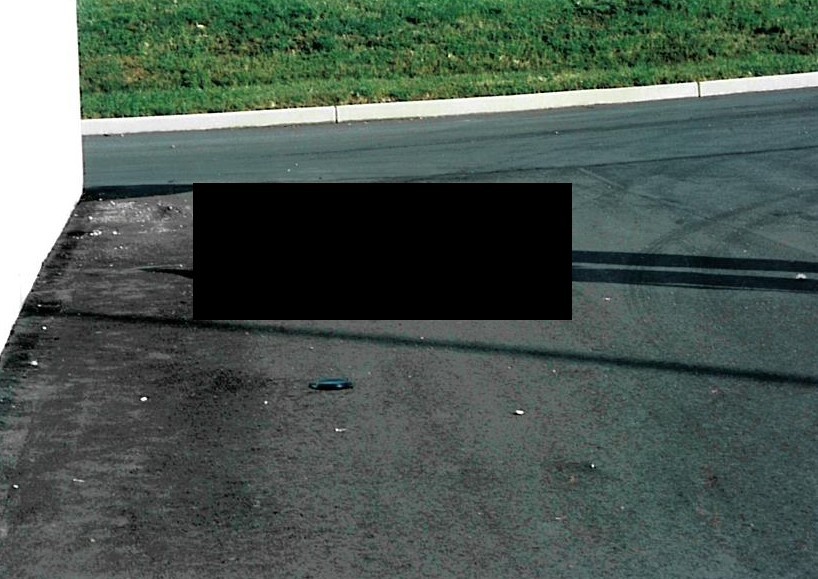
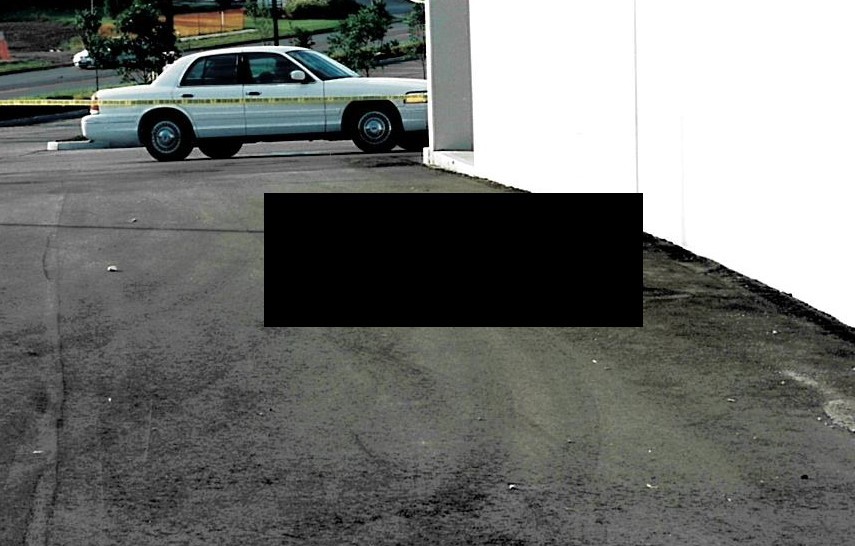
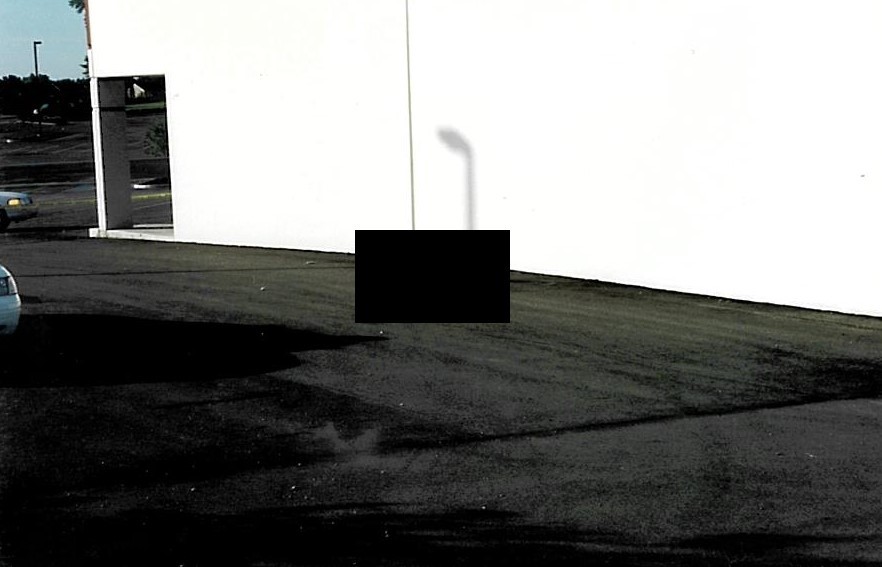
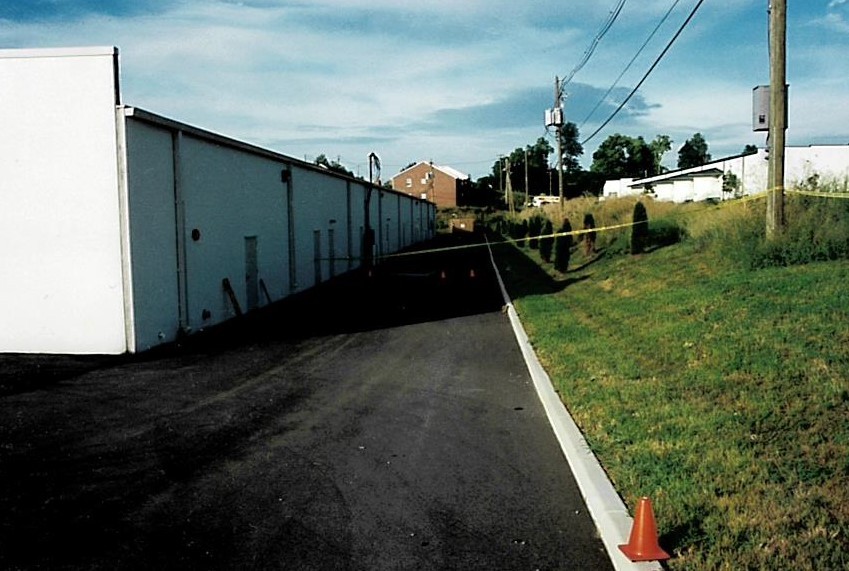

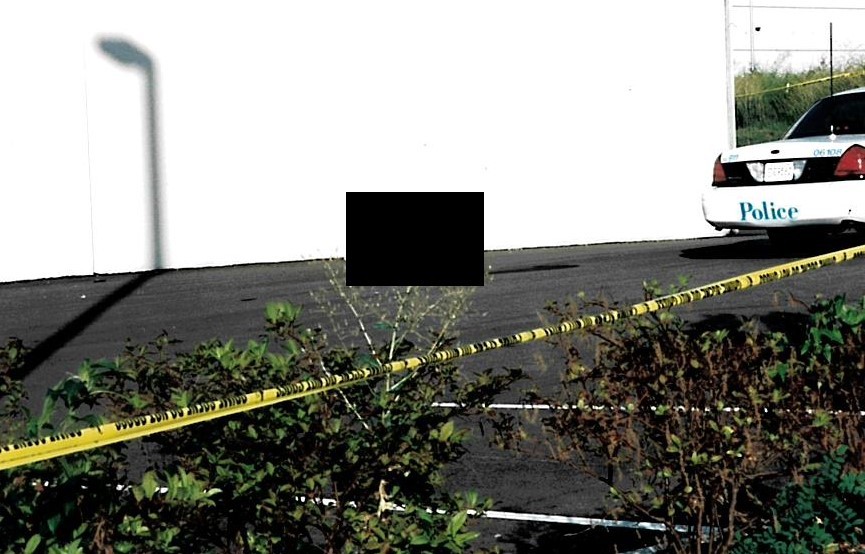
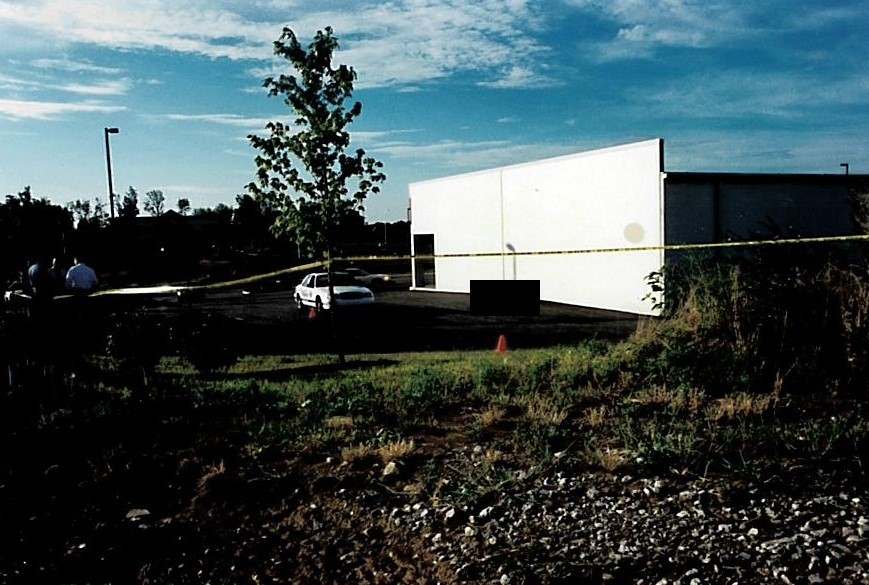

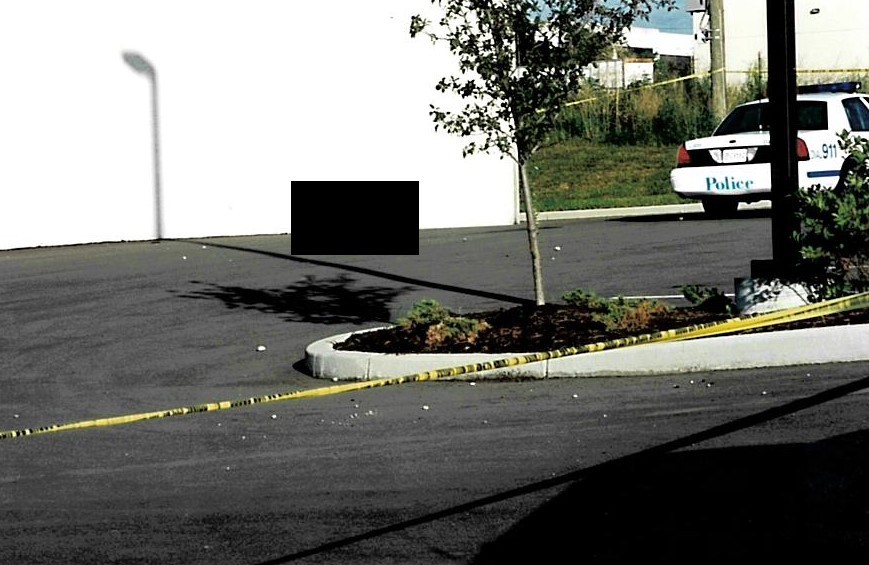
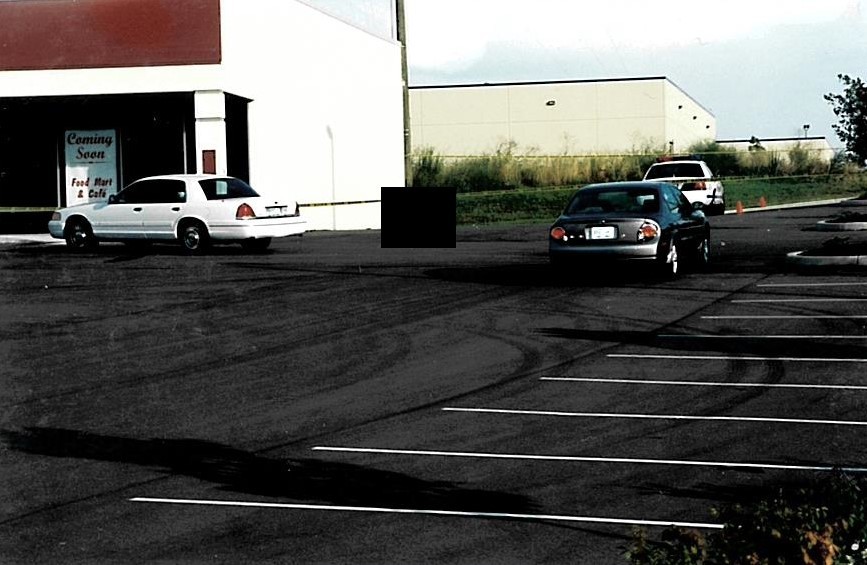
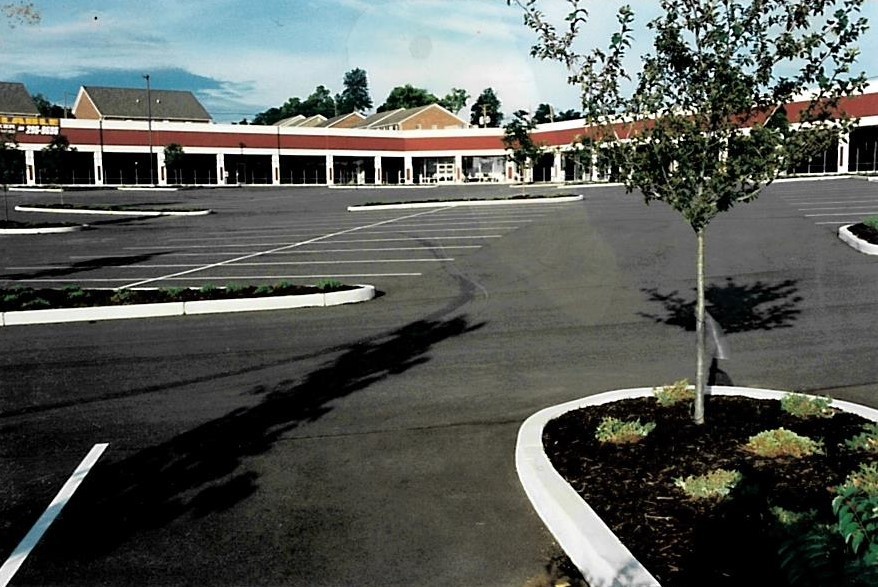
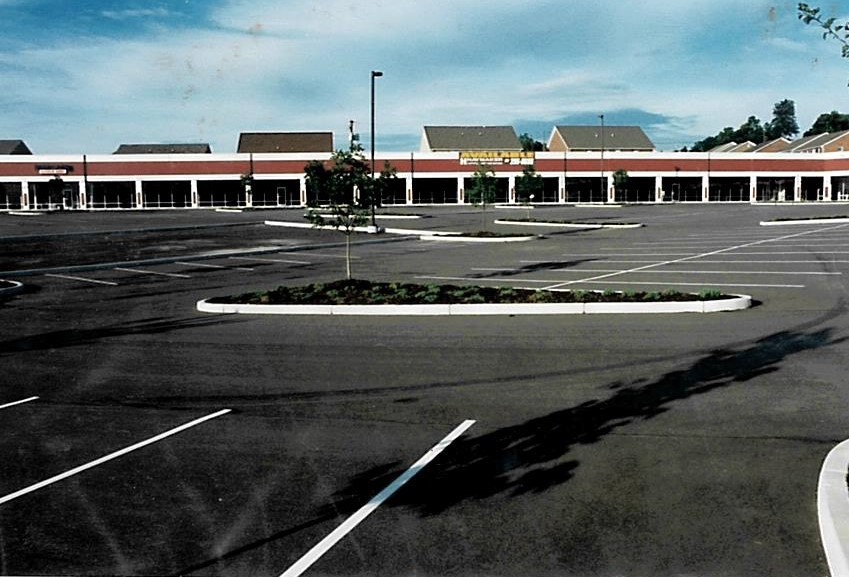
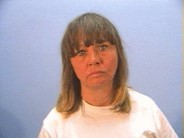
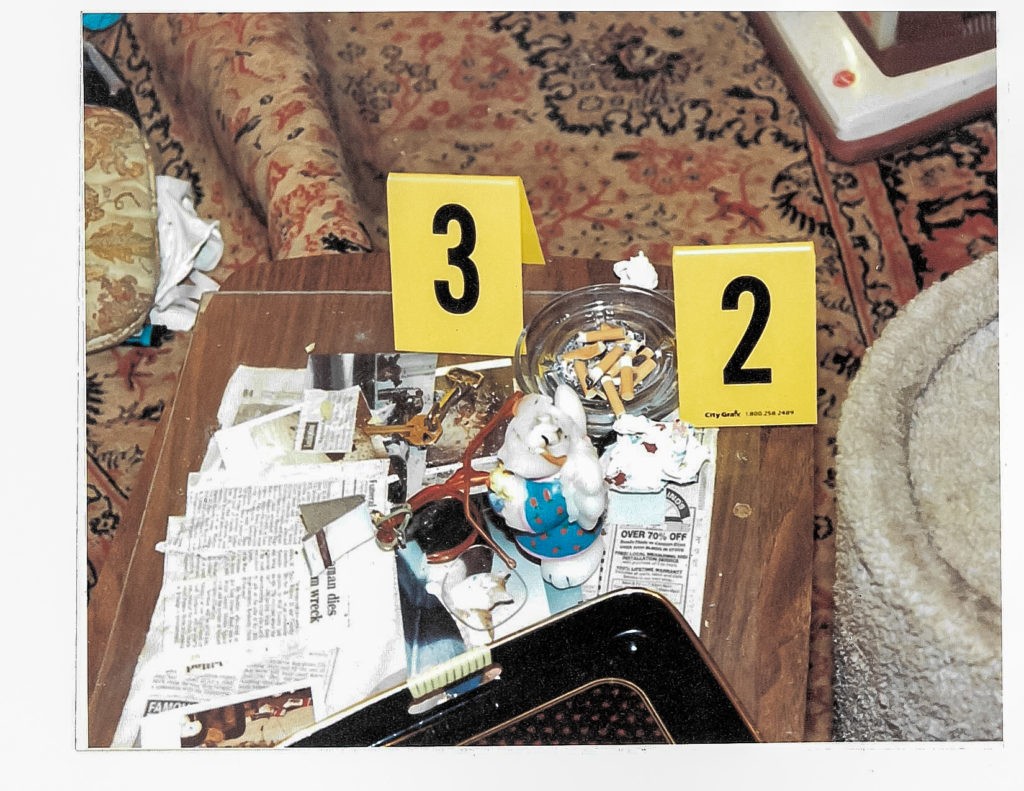
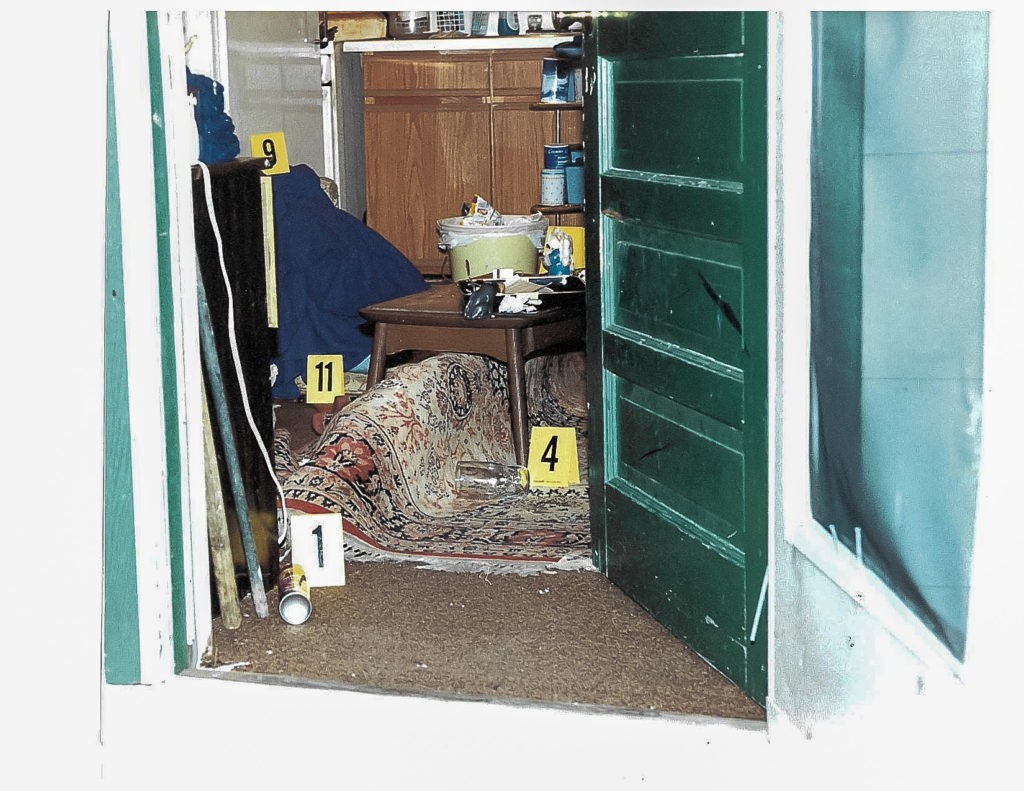
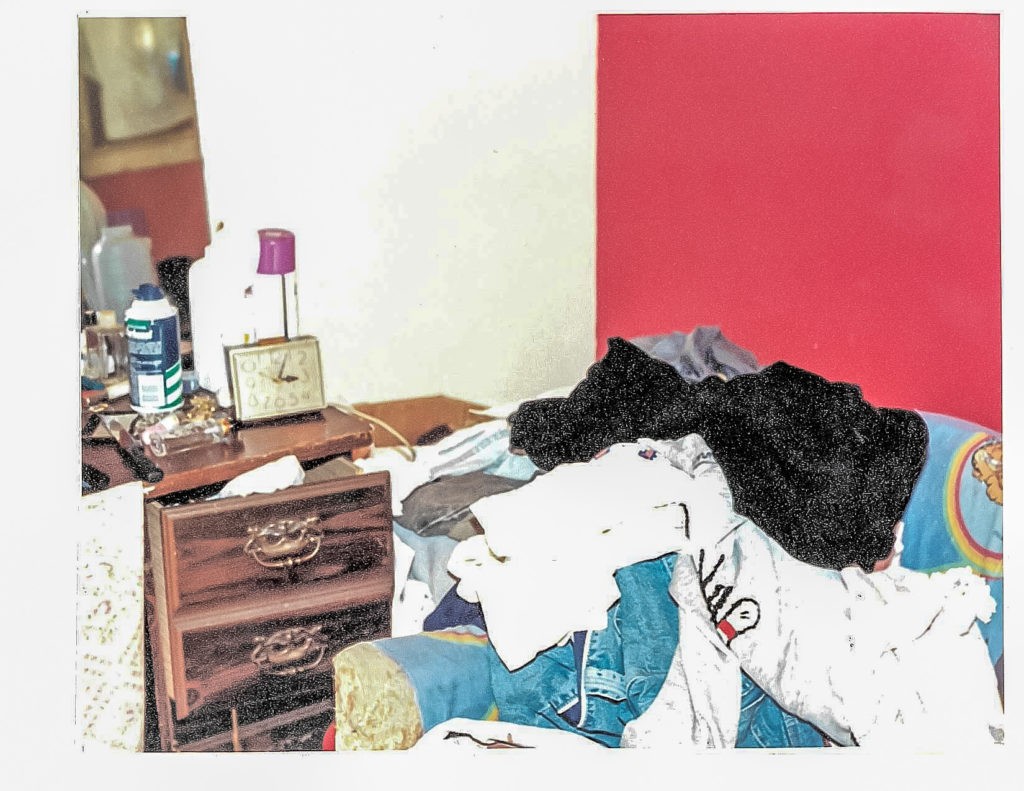
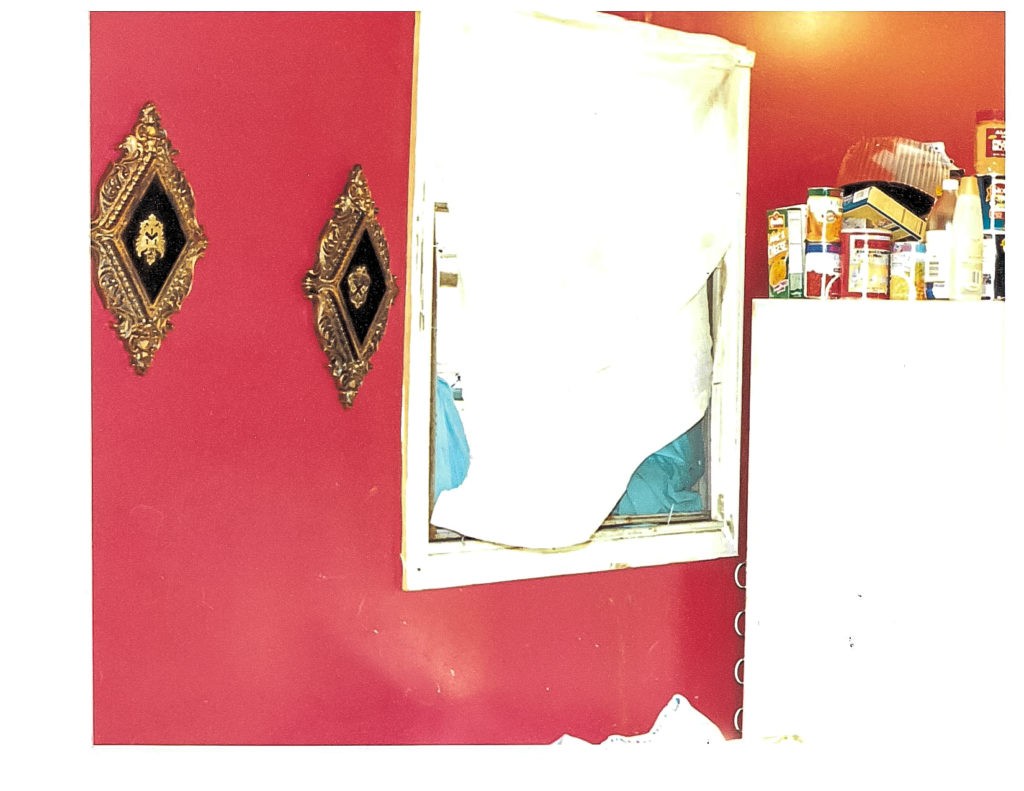
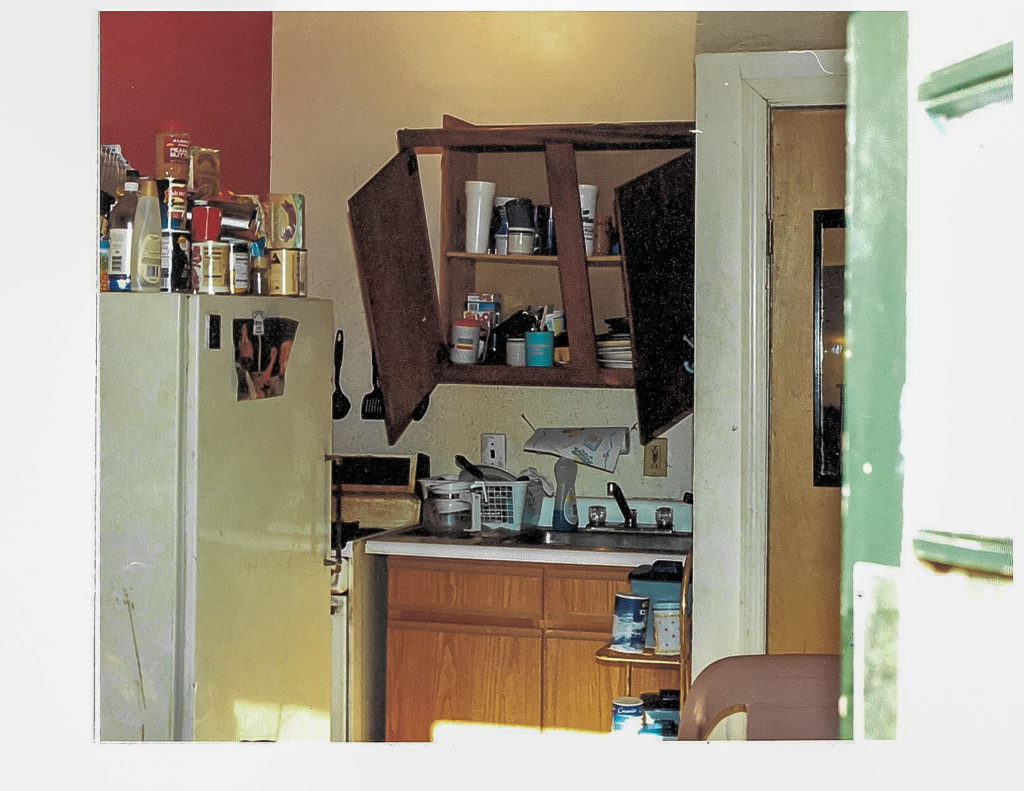

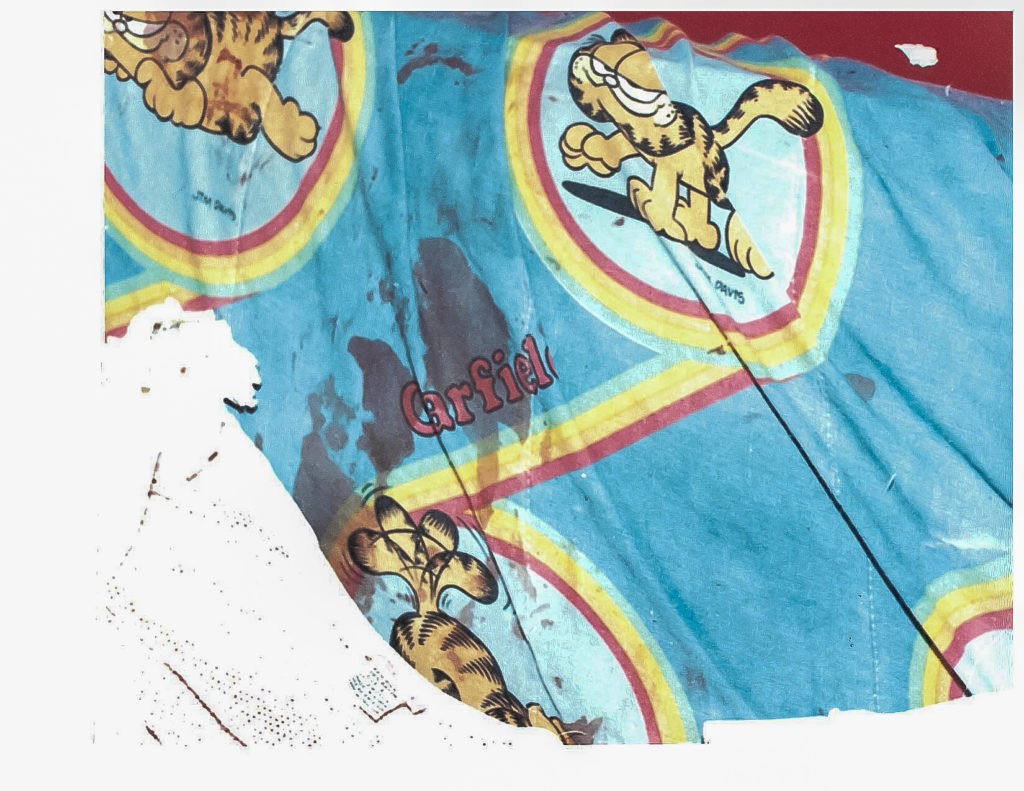
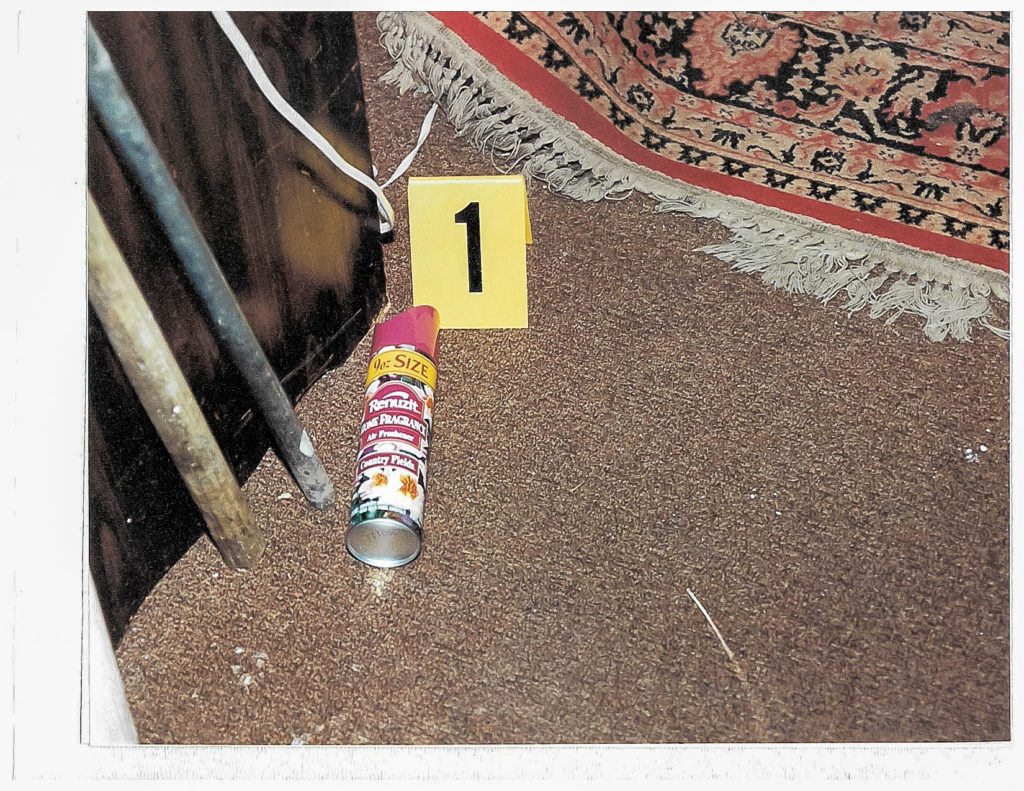
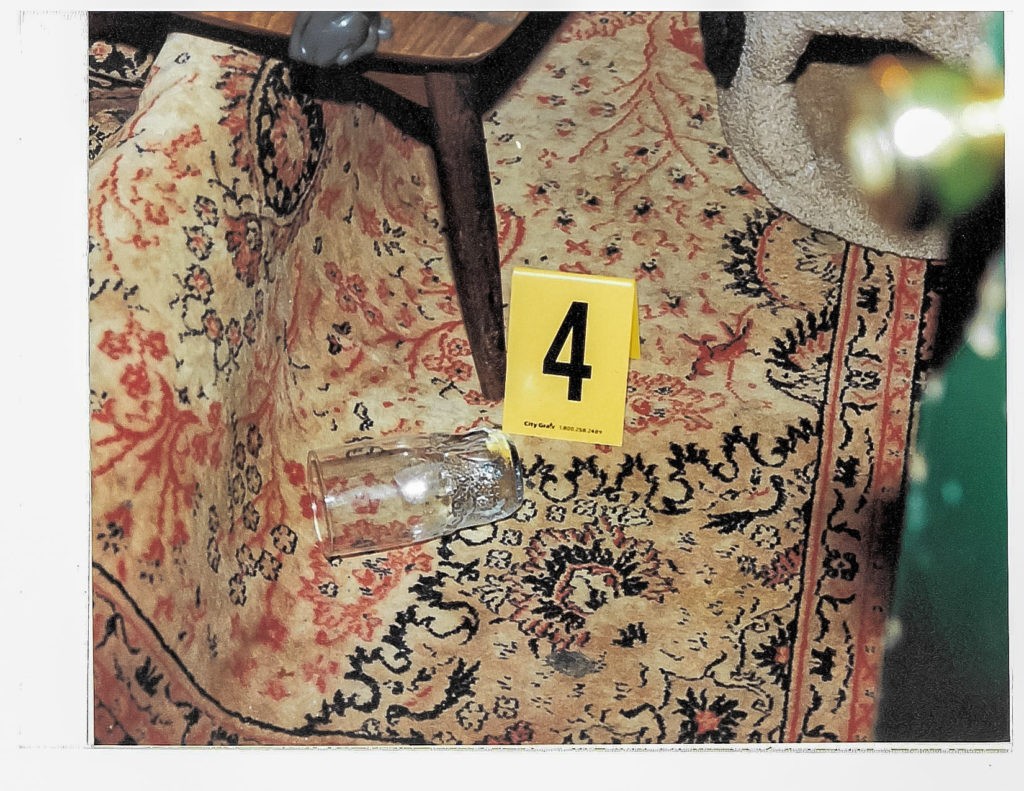
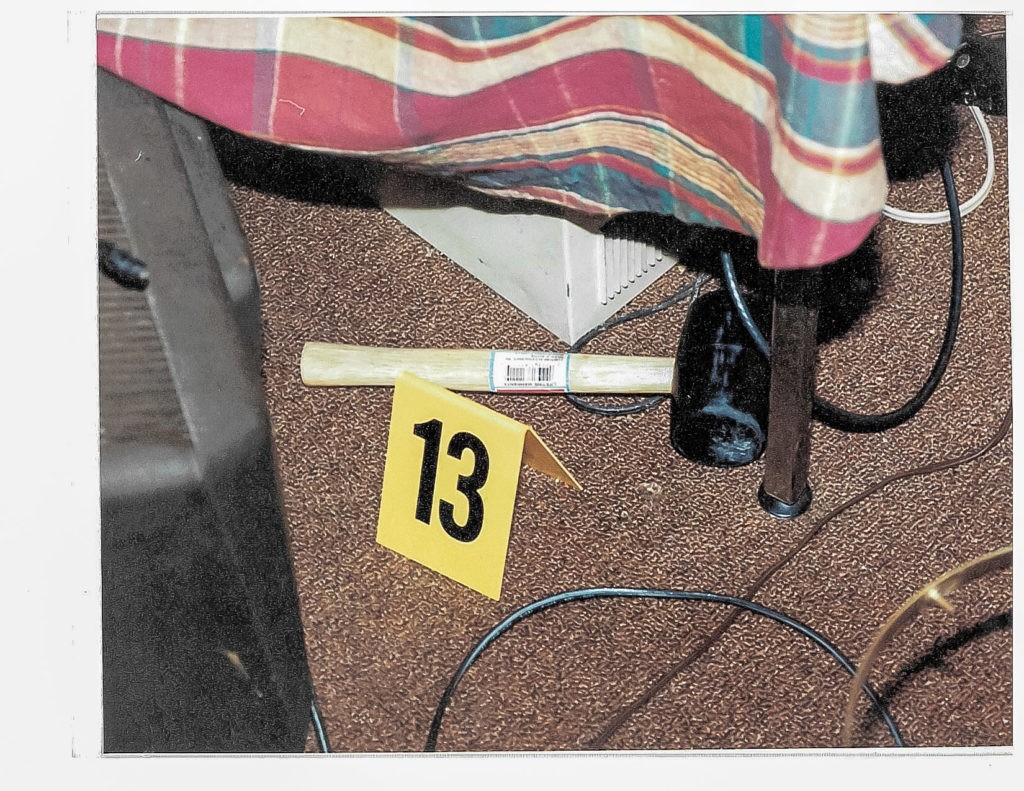
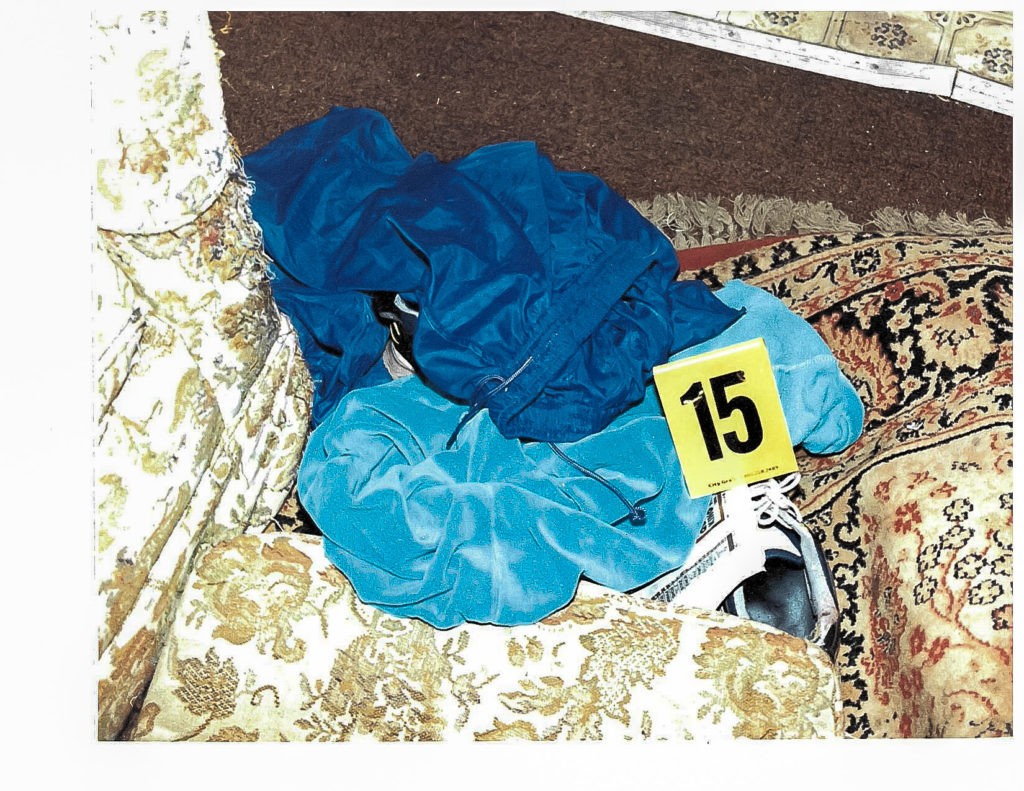

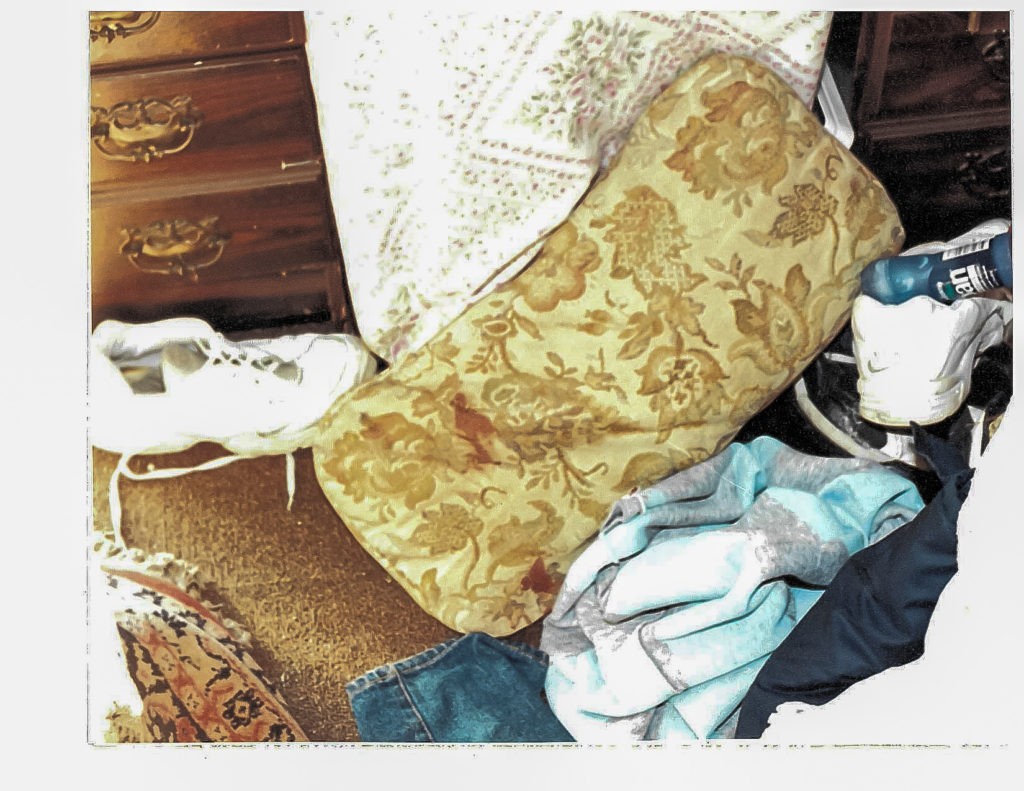
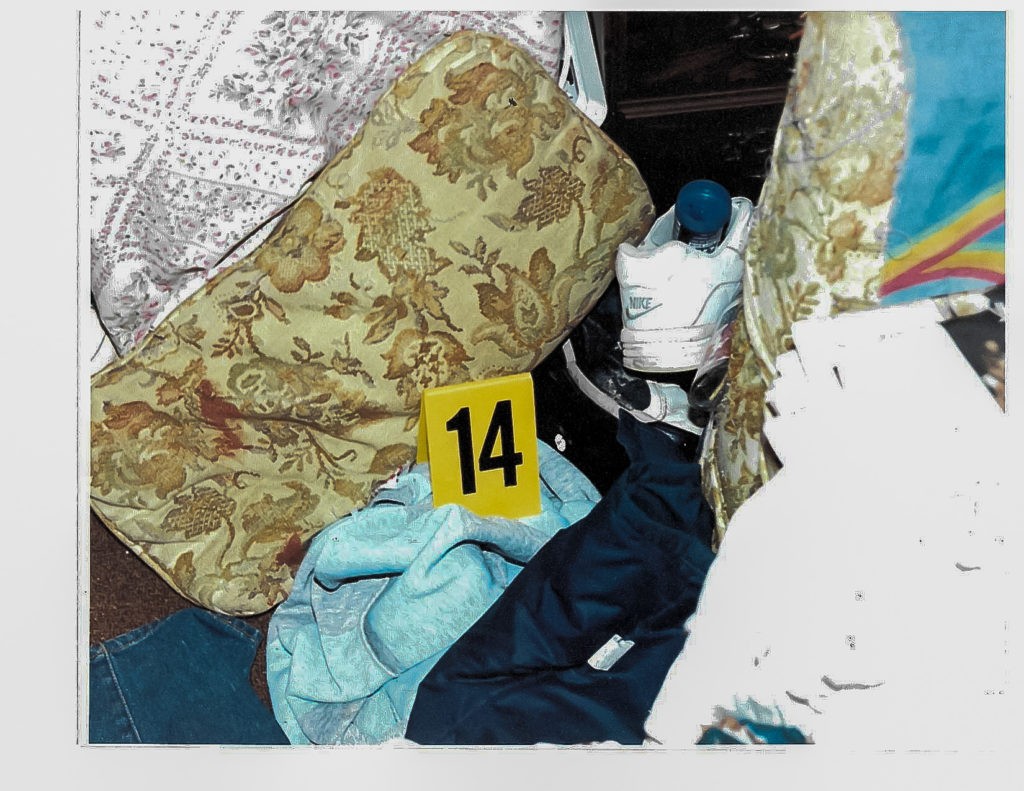
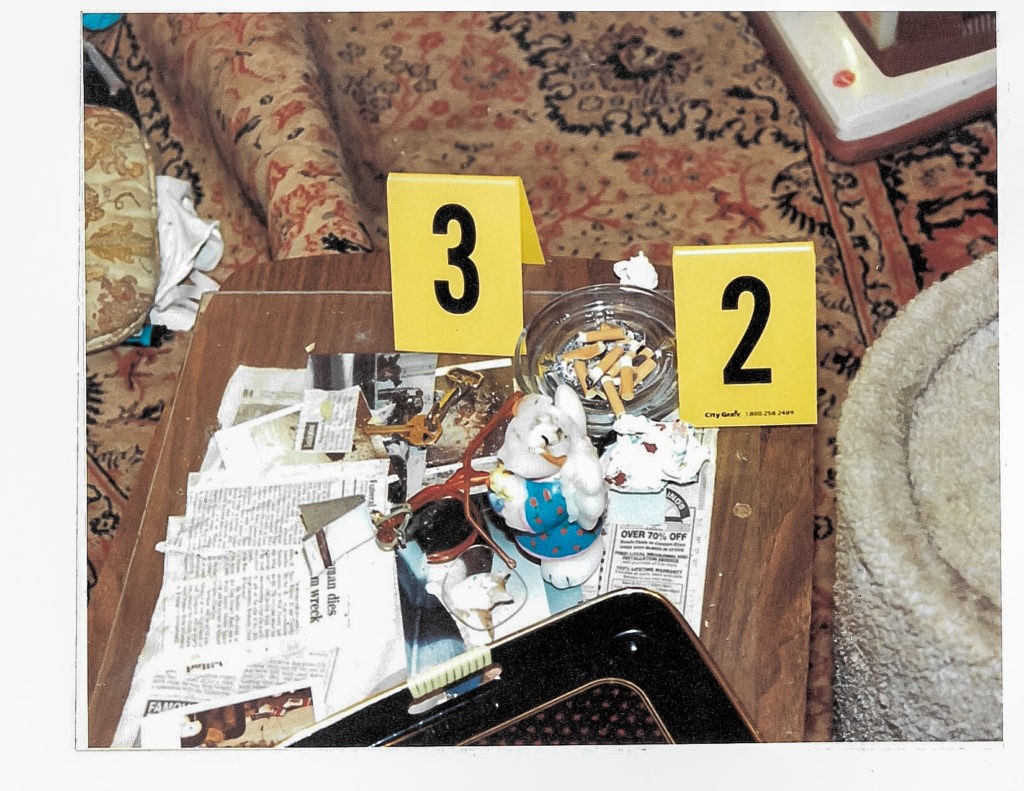
Show Transcript
Part 1 of 3
Matt Brotherton:
Sonora Allen was found dumped in the parking lot. There were signs of strangulation, signs of sexual activity. The autopsy showed that she had toxic levels of cocaine in her body, and then also, per the medical examiner at the time, suspicious for signs of strangulation. Initially, it was kind of an undetermined cause of death.
Wendy Lyons:
Warning. The podcast you’re about to listen to may contain graphic descriptions of violent assaults, murder, and adult language. Listener discretion is advised.
Wendy Lyons:
Welcome to The Murder Police Podcast, Unmasking the Serial Killer Robert Smallwood, part one of three.
Wendy Lyons:
Welcome back, listeners. I am Wendy.
David Lyons:
And I’m David.
Wendy Lyons:
Well, David. The last podcast that was most recently done was that of serial killer Robert Smallwood. I unfortunately was unable to be here for that recording, so why don’t you tell our listeners a little bit about what this case involves.
David Lyons:
Will do. You were missed. The guests said hello and missed you in the room, too. It’s just not the same when you’re in here doing these, that’s for sure. That said, we’re going to talk about a serial killer that really probably went under the wire as a serial killer in Lexington several years ago. The guests that we have were really good about talking about this story about how the connection between science and investigative work leads to solving these cases. First of all, we had Marci Adkins back. You remember Marci, correct?
Wendy Lyons:
I do. Forensic scientist.
David Lyons:
Exactly. So when people hear her, they want to go back and listen to her and Laura Sudkamp when we did the fantastic episodes on forensic science and what it takes to be a scientist and what it’s like to do that. She’s involved in this and is the one that actually found the amazing information that moved the case forward. And then we have another person from the Lexington Police Department that hadn’t been on before that I’ve been trying to get on for some time and finally talked him into it, and that’s Lieutenant Matt Brotherton. And you’ve met Matt, right?
Wendy Lyons:
Yeah. Great guy.
David Lyons:
Yeah, excellent. Excellent at everything he does. They’re going to go through this case. It’s a three-part series. And what I think people need to listen to is … There’s a lot of discussion about the rollercoaster ride that these investigations are and how you don’t know you have a serial killer until you know, and that’s probably the best way to put it on that, and how individual cases spanning several years finally connect through science. That’s going to be the big thing. There will also be a little bit of discussion about sexual assault rape examination kits. That’s been a hot topic across the country for some time, and when are they tested, and how are they tested, and whatnot. So without further to do, we’ll jump in and we’ll take a listen to this interview.
Wendy Lyons:
All right. Sounds great.
David Lyons:
Okay, well, welcome to The Murder Police Podcast again. Today we’ve got two special guests, one we’ve heard of before, Marci Adkins with the Kentucky State Police Crime Lab. Marci, how you doing today?
Marci Adkins:
Hi, David, Thanks for having me back.
David Lyons:
No, thanks for coming back. And then secondly, we’ve got a good friend of mine from the police department, Lieutenant Matt Brotherton. Matt, how are you doing?
Matt Brotherton:
Better than I deserve by any metric. I’m flattered to be here. Thank you.
David Lyons:
No, thank you for coming, because this is really going to be an interesting topic we’re going to talk about. It’s going to cover when science and investigations meet and take care of bringing justice to people. And as we’ll learn later, too, from what I’m understanding, probably protected some people from going into the justice system, so that’s just as important. Well, Marci, tell our listening audience a little bit about who you are and where your background was and how you found yourself becoming a scientist in criminal work.
Marci Adkins:
Sure thing. My name is Marci Adkins. I have been a forensic scientist with the Kentucky State Police for 23 years now, going on 24. I started there in October of 1998 and was just always … I knew from high school that I wanted to do something with DNA, and back then in 1998, you didn’t have the crime shows that you have now. You didn’t have CSI. So I really didn’t know what I was getting into, but I kind of fell into this job. It was perfect for me, and still to this day, I love what I do.
David Lyons:
And I’d add back in 1998 that we didn’t have DNA to the level that we have it right now either.
Marci Adkins:
Absolutely not.
David Lyons:
Yeah. I think I’ve said before, I still remember when I was in the unit getting in debates with Ray Larson’s office over who was going to pay for testing. I mean, and people today would never understand that that was even an issue. Thanks again for coming on again. If anybody’s interested, Marci and Laura Sudkamp came and did a fantastic series on what it’s like to be a forensic scientist. And especially if people are curious about how that works, or more so if they want to get in the field, we’d recommend go back and listening to that one. Next up is Matt. Matt, tell us a little bit about yourself, your career, how you got interested in policing, and more so investigations.
Matt Brotherton:
Came about it mostly just through I guess good luck. I had finished school, wasn’t really sure what I wanted to do. Actually, my grandfather, who was very influential in my life, he had a farm machinery business and then had a child get hit and killed and he ended up going into the clergy. And as I was entering my 20s and deciding what I wanted to do with my life, he was very clear with me one time when he said, “Look, at the end of the day, do you want to say that you helped someone else make a bunch of money, or do you want to try and make the world a little less bad?” Even though he was an Episcopal priest, he wasn’t afraid to get salty. He didn’t say “a little less bad,” he said “a little less messed up,” and he always talked about a career of service.
Matt Brotherton:
And my grandmother hated it. My grandmother always wanted me to go be an attorney or something, something to make money in the family, and my grandfather couldn’t have been more supportive when I told him I applied. When I told him I got in, he was the proudest at the graduation. So it has always been, for me, about going out and … Look, when someone calls 9-1-1, they’re probably having the worst day of their life, and there is something that has always … I’ve always felt very honored to be the person in the position to try and help someone’s day be a little less crummy. I ended up applying to the Lexington Police Department and was living in Lexington. I’d finished school and was fortunate enough to get hired.
Matt Brotherton:
After a short term on patrol, I went to … And this would have been 2000, when Oxycontin was really first a big deal, and I went to narcotics on a temporary transfer and it was during this big doctor shopping roundup where we didn’t really … It wasn’t like it is now where everybody knows about it, but it was all these folks driving in from all over the state into Lexington because Lexington is a big medical center, big medical community here for the whole Eastern half of the state. There’d be folks who’d drive in who would go see four pain doctors in one day and they would have these notebooks where they would keep, “Which doctor I see on this day, which pharmacy I go to for that doctor.”
Matt Brotherton:
But I did a six-month stint in narcotics and wanted to go back to narcotics. The temporary transfer was over. I went back to patrol. I always wanted to go back to narcotics. Then I got a call one day from John Dixon, who was my patrol lieutenant, who became the robbery/homicide lieutenant, and he said, “Hey, do you want to come to homicide?” And I said, “Well, sir, frankly, I want to go back to narcotics.” And he said, “Well, how about this? Come work for me in homicide for a little bit. If you don’t like it, it’ll be easier to transfer you over to narcotics.” And I ended up having the incredibly good fortune to work with an outstanding group of detectives under outstanding leadership, and I ended up being there for 10 years. Then I was promoted to sergeant, was the sergeant on patrol and then later the sergeant over crimes against children. Then when I was promoted to lieutenant, I was assigned to be the lieutenant over special victims. Did that for several years, and now I’m a lieutenant in internal affairs.
David Lyons:
Do you think your time in the homicide unit prepped you for the crimes against children role, especially as a supervisor?
Matt Brotherton:
Yes and no. Certainly casework, investigative load, things like that, but homicide exists kind of in its own bubble. One of the things we talk about in special victims and crimes against children is how much work we do with community partners. Investigations of physical and sexual abuse of children really are co-investigations with the police department and the DCBC, Department of Community-Based Services, the social workers and things like that. And so there’s a lot more work with social workers and other folks who are stakeholders in special victims and crimes against children specifically that in homicide isn’t really a factor. In homicide, you’re working the case and there aren’t other folks who get a say, really, in how the investigation goes, other than the prosecutors.
David Lyons:
When you think the biggest thing you took away from working homicide, was there anything that stuck with you?
Matt Brotherton:
Well, I mean, that’s a huge question. I can’t think of any one thing. I know that it was a … how would I say this? The responsibility you have for these cases, but also for investigations, a lot of times, it rests right on that individual investigator’s shoulders and some gentle ribbing back and forth with the narcotics guys. If you don’t catch a drug dealer the day he’s selling drugs, he’s probably not going to quit that day, and there’s a pretty decent chance you’re going to be able to videotape a drug dealer doing a drug deal. You can watch the guy commit the crime. And a lot of times in homicide, you don’t have the confession, you may not have the DNA, you don’t have the videotape, and it’s this totality of circumstances that the investigator will ultimately at some point have that responsibility of saying, “I believe this person did this. Here is the case I’m making for that,” and it’s something that I told investigators as they came in.
Matt Brotherton:
And certainly something for me is for so many crimes that police deal with, is there a something I can point to as proof that this person committed that crime? So someone who’s trading in child pornography, we can do a search warrant on that person’s house, do a search warrant on that person’s computer, and show that there is child pornography on the computer. I am proving that person is possessing child pornography. A convicted felon in possession of a handgun, we can catch the guy with the gun on him. Trafficking drugs, you can catch them in the act.
Matt Brotherton:
In homicide, a lot of times, you don’t have that. You’ve got to put the case together. Sometimes all your evidence is circumstantial. And that first time that you write “murder” on a citation, that you write out those letters, and you may not have the confession yet, you may not have this, it takes your breath away and it is something that few people in law enforcement get that opportunity to experience, that you’re really putting yourself out there to be wrong and to lose. But the stakes are so high that it has to be done.
David Lyons:
I think I always found it humbling as far as working with the victims and whatever, and then the weight of the responsibility was incredible, too. It was heavy. Very heavy.
Matt Brotherton:
And it’s when you’re sitting on the stand, you are the face for that family that when the defense attorneys say, “Why didn’t y’all do this?” or, “Why didn’t you do that?” it’s on that investigator. That’s my case. I’m responsible to that family. And as a homicide detective, it was not infrequent to say, “No, Sergeant,” or, “No, Lieutenant,” or, “No, Prosecutor, I’m not going to do that.” Or the flip side of it is, going in to the CSI guys when they’re like, “Well, why am I collecting that pillowcase? I collected those three other pillowcases.” “Because you’re not going to be the guy sitting on the stand who has to answer why that pillowcase wasn’t collected.” And that responsibility, I think, is something that having experience it of, I feel honored to have been allowed to do it for as long as I did.
David Lyons:
Definitely. It’s a privilege, right?
Matt Brotherton:
Absolutely.
David Lyons:
I mean, there’s nothing that’s entitled about it at all. I know that was my favorite assignment. We were just talking. I’ve got a significant collection of badges on the wall in that shadowbox, and the favorite one is the one there’s only one copy of, and that’s the one that says detective. Anything after that to me, actually, wasn’t much of an accomplishment.
Matt Brotherton:
Well, I have had a fantastic career and I know that when I interviewed, a lot of people congratulated me when I got promoted to lieutenant, but the reason I got promoted to lieutenant, frankly, is I passed a written test and enough people retired. It’s an assessment center. But when as a lieutenant I was selected to be the lieutenant over special victims, that’s a compliment. That was the thing that was flattering.
David Lyons:
All that work paid off at that moment, too, for sure. Good deal. Well, tell us a little bit about what we’re going to talk about today, who we’re going to talk about, and just a general idea of where this is going to go, and then we’re just going to turn it loose because it’s a fascinating investigation, a longterm investigation that I think everybody will be interested in. But what’s the overall … Who are we talking about? Who’s our suspect in this?
Matt Brotherton:
Well, what we’re talking about is a series of cases that ended up … It is an investigation, the work that I did with those folks when I was in homicide, and it’s folks who … I’m assuming you have loyal listeners. I-
David Lyons:
Oh, quite a few. And fortunately. We’re grateful.
Matt Brotherton:
Yeah. But it’s going to be some names that your listeners are familiar with, and folks like Marci and the other detectives that I was fortunate to work with. It’s a series of cases that I worked with these folks and how that case changed how I viewed how investigations should be worked, some of the responsibilities of policing in the community, and really impacted how I was as a manager and a leader when I became the lieutenant over special victims.
David Lyons:
Cool stuff. Marci, what did you do in this case? What speaks to you in these cases, rather? I said case. In this whole entire thing, what speaks to you about it? What was the highlights?
Marci Adkins:
Well, this is the magic of CODIS. For your listeners, CODIS … We use a lot of acronyms in the forensic world and probably in the law enforcement world in general. CODIS stands for the Combined DNA Index System, and this is what we know as the DNA database. It is software that is used in government laboratories that is monitored and supplied by the FBI, so we follow their rules. And it really is just one of the most important crime fighting tools that there is because granted, most of the time, cases are solved by good old fashioned police work. But when they aren’t and you get a DNA hit, it’s … 20-some yeas later, it’s still like magic every time.
David Lyons:
Oh, it’s like winning the lottery. Because I had a couple when I was up there. Even though DNA … Again, I can’t emphasize how early it was back in the mid-90s as far as being in court, but it was like winning the lottery. Huge help. How do people get in CODIS?
Marci Adkins:
Well, there’s two ways. Well, there’s more than two ways, but … So you have the convicted offenders, so people convicted of certain crimes, basically any felony here in Kentucky now. They have to submit to a sample that goes into the database. And then you have all the forensic samples. So all of the cases that are eligible, whether they have a suspect or they don’t have a suspect, all of those, as long as they’re associated with a crime and from the crime scene, they go into CODIS. Then you have things like missing persons, you have families of missing persons. There’s all these different branches, but those are all of the ways you get in. As far as offenders goes, that is legislated, so that is under statute.
David Lyons:
That’s good to know, because I think there’s some misgivings out there about how people wind up in there, so that’s a good definition.
Matt Brotherton:
Well, and to kind of talk about the history, I remember when I was first in homicide and Marci and I first met, it wasn’t all convicted felons in Kentucky. That was not a thing. It was only certain types of felonies.
Marci Adkins:
It was certain sexual assaults only, and then the next step was all felons. And some states have moved on to all arrestees, but we just aren’t quite there yet.
David Lyons:
I would imagine the workload would increase dramatically on the lab or whoever they have do that if we took everybody we booked. You’d have to have a system in place, I think, to make that work, probably, on the backside. Well, let’s dig in. Matt, if you want to take us to where this things starts, because I think it’s going to wind a little bit.
Matt Brotherton:
I was assigned to homicide in December of 2001 and in August of 2002, I was next up in the homicide rotation. Kind of what that means is we had an order of detectives, and there were five detectives who worked in homicide at the time, five homicide detectives, and we rotated through. Whatever the next homicide was or suspicious death investigation, it went to the next person in the list. And in August of 2002, I got a call … I think it was 7:00 or 8:00 in the morning. I was next up in the rotation and I was called and said, “Hey, yours is up. Your number’s up.” So went to a parking lot off Fortune Drive in Lexington where we discovered the body of a young woman named Sonora Allen.
Matt Brotherton:
Sonora Allen was found dumped in the parking lot. There were signs of strangulation, signs of sexual activity. The autopsy showed that she had toxic levels of cocaine in her body, and then also, per the medical examiner at the time, suspicious for signs of strangulation. Initially, it was kind of an undetermined cause of death. What Sonora Allen also had … During the autopsy, they did a sexual assault kit and semen was located in Sonora Allen. And so that sample was taken, and there was a debate for a while about whether it was a homicide, whether it was an overdose, what it was, but we investigated in regardless of what the medical examiner calls it from the get-go. We had a person who was dumped in a parking lot in the early morning hours, and it was investigated fully as a suspicious death and we wanted to answer as many questions about it as possible.
Matt Brotherton:
It was ultimately ruled a homicide. The medical examiner ruled it a strangulation. We investigated the case for a while. Ms. Allen was someone who struggled with drug addiction, lived in the East End of Lexington, Kentucky, had been seen getting into cars and doing sex work to trade sex for drugs. We identified a couple of suspects from people in the neighborhood who said, “Oh, we saw her get in a car with this guy,” or, “We saw her get in a car with that guy,” and we worked the case for a little bit and ultimately identified this one guy that we believed was a good suspect. We took samples from the backseat of his car of what we believed was DNA material in the backseat of his car. We took a DNA sample from him. We sent that to the lab to compare it to the semen found on Ms. Allen, and it ended up not being this suspect.
Matt Brotherton:
When you were asking Marci what goes into CODIS, one of the phrases I’ve always heard that stuck with me is “unknown contributor,” that it’s this … What we had is DNA from an unknown contributor, that that always goes in CODIS. So that DNA was put into CODIS. It came back it wasn’t our suspect, but what we did find is that it came back to DNA found in a case from 1999. Sonora Allen was my case. I was assigned that investigation in August of ’02. But the case of Doris Roberts from 1999 was actually assigned to Detective Chris Schoonover. Detective Chris Schoonover was some … I’m assuming he’s been on the podcast here.
David Lyons:
Yeah, a couple times, yeah.
Matt Brotherton:
And he represented himself professionally?
David Lyons:
For the most part. When he didn’t, we took care of that in post, but that’s another story.
Matt Brotherton:
Okay. Well, I appreciate your herculean editing task. So Chris was assigned Doris Roberts, and he worked that case for some time and that case ended up going cold. Doris Roberts was another woman who lived in Lexington in the East End who struggled with her addiction and would sometimes trade sex for drugs to support her addiction. She was found deceased in her apartment in 1999, and there was DNA found at the scene that they believed it was … Marci, as we were talking kind of before we started, there was a suspect in this who was kind of a prolific offender throughout Lexington, but he ended up being exonerated by the DNA found at the scene that was put in CODIS.
Matt Brotherton:
But when it was put in CODIS in 1999, it just … And this is something that I think is interesting about CODIS, is we have these unknown contributor samples. So there was DNA found at the scene from Doris Roberts that the investigators believed was left by the suspect and it goes into CODIS. But if that person doesn’t exist anywhere other than CODIS, if they’re not a convicted felon, if they’re not … It just lives in there as this unknown sample, this mystery person. And so it is just bouncing around in there, constantly being compared. And then we have the case of Sonora Allen where we think we have a suspect, we send off the DNA sample and it’s not the suspect, but now what we have are these two DNA samples now matched.
Marci Adkins:
Yeah. And this is one of the way that CODIS works, actually. You can have two unsolved cases hit to each other. And at that point in time, the laboratory, we put those two investigators in touch with each other. They may be in different counties. They may be in different states. So we could have an unknown in Kentucky hit to an unknown in Texas. We put those investigators in touch with each other and they compare notes to see if maybe they come up with a name that is consistent with both cases. That’s one of the ways that CODIS works. Another way that CODIS works is when you have an unsolved case that hits to a solved case. So this one, it has an unknown contributor, but it hits to this case where it matched suspect whoever he is, and now your unsolved case becomes solved. So that’s just a couple of ways that it works. And then also, of course, it hits to an offender, which then we’re able to give the investigator a name and sometimes even tell them where they can find them currently. So those are just a few of the fascinating ways that CODIS works.
David Lyons:
Well, and another thing that I picked up on it, too, is that this technology vindicated somebody, correct? Remember you had a suspect you felt strongly about and you made a comparison on the sample.
Matt Brotherton:
Well, right. So with the Sonora Allen case, we had a suspect. We liked the suspect. We sent their DNA sample off and it ended up not being that person. It’s the sample, but it did match. We have the unknown contributor that did not match our unknown suspect, but it matched the unknown contributor from the Doris Roberts case, which in the Doris Roberts case, they had a great suspect. They thought it was that guy and DNA exonerated that guy. But now what we had is two cases that are linked in CODIS. We have the DNA sample. We just don’t know to whom that sample belongs.
Matt Brotherton:
And so now what we do is … Marci talked about linking investigators together. We have two victims, and so what we want to do is … It almost kind of becomes a logic puzzle. Well, who do they know and what are the similarities? And now you start getting into victimology and what are the similarities between these two victims. Okay, I’m looking for a single person who knew both of them. Well, what are their common lifestyle? Do they go to the same church? Do they go to the same school? Are they both into pickleball or whatever, this thing I keep hearing about that everybody’s crazy about. Everybody’s going nuts over pickleball.
Matt Brotherton:
You look for these things, but unfortunately, what we were dealing with was two victims who were engaged in a really high-risk lifestyle, that it’s two women who unfortunately … And I’m not saying this to belittle or demean drug addiction. These days, if you haven’t had your life impacted by someone who is suffering with addiction, you live in a very, very close knit life. We’ve all had family members and friends deal with this, so my heart breaks for this stuff. But you had two women who struggled with addiction, and so their exposure to folks, especially when you’re talking about folks who engage in street prostitution, they’re willing to get into a car and go somewhere where no one’s going to see them, because they don’t want to be caught by the police. They’re willing to take that person. “Hey, go drive around here.” They’ll have their place where they’ll have sex in exchange for money for drugs, and they’re willing to get into a car with someone who’s buying street prostitutes.
Matt Brotherton:
And so you’re engaged in a high-risk lifestyle, exposing yourself to risky individuals. And so even though we could link these two women, the value for that for moving the investigation forward was really quite limited because their exposure to folks was just too broad for us to be able to start limiting down suspects. And so we worked those two cases and eliminated everything we could and eventually the cases just went cold.
Wendy Lyons:
Hey, you know there’s more to the story, so go download the next episode like the true crime fan that you are.
David Lyons:
The Murder Police Podcast is hosted by Wendy and David Lyons and was created to honor the lives of crime victims so their names are never forgotten. It is produced, recorded, and edited by David Lyons. The Murder Police Podcast can be found on your favorite Apple or Android podcast platform, as well as at murderpolicepodcast.com, where you will find show notes, transcripts, information about the presenters, and much, much more. We are also on Facebook, Instagram, and YouTube, which is closed captioned for those that are hearing impaired. Just search for The Murder Police Podcast and you will find us. If you’ve enjoyed this podcast, please subscribe for more and give us five stars and a written review on Apple Podcasts, or wherever you download your podcasts from. Make sure to subscribe to The Murder Police Podcast and set your player to automatically download new episodes so you get the new ones as soon as they drop, and please tell your friends. Lock it down, Judy.
